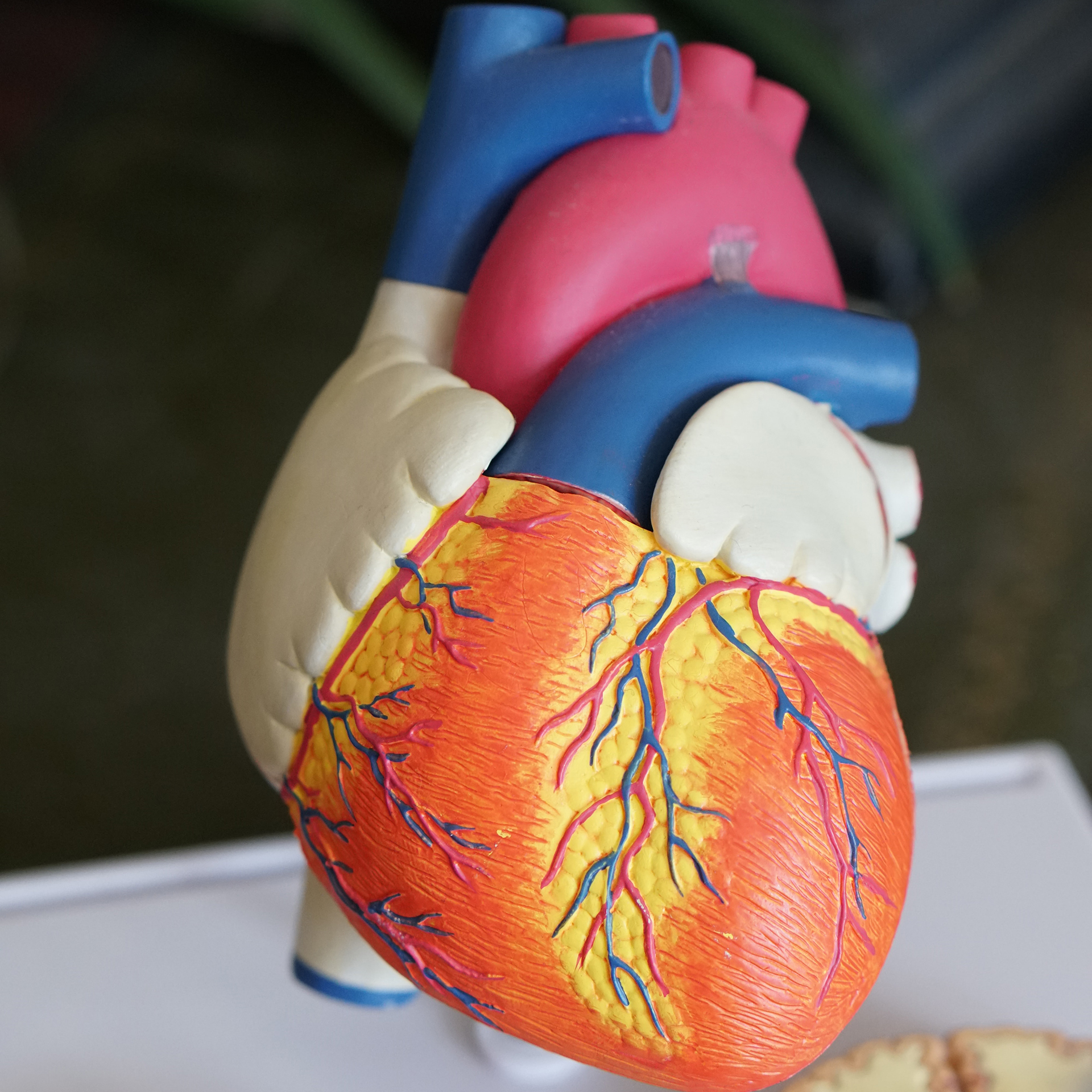By Dr. Shellie L. Rosen, DOM, L.Ac.
Processed food is often loaded with dangerous ingredients and lacks beneficial nutrition. It provides minimal satisfaction while placing you on a blood sugar roller coaster. Dietary fiber is something your mom or dad lectured you about decades ago, and their wisdom stood the test of time. Nothing slows the absorption of sugar down quite like fiber. That bulky, hard-to-digest fiber sticks around long enough to satiate you right before helping to ease your bowel movement. Fiber does it all; it helps with weight and mood, and promotes healthy gut bacteria, leading to a more robust immune system and overall health.
There are two types of fiber: soluble (dissolves in water) and insoluble (does not dissolve in water). The soluble form of fiber transforms into a digestive mucous that helps digestion and slows blood glucose metabolism, preventing diabetes. It survives a journey throughout digestion into the colon, where it feeds the good bacteria. Insoluble fiber pulls water and other digestive remains together to form an easy-to-pass stool. The fiber in the digestive tract reduces cholesterol absorption, slows digestion, and slows the release of blood sugars. These mechanisms lead to increased satiety, fewer cravings, and overall improved health benefits.
To achieve better colon health, reduce your risk of diabetes, and expel unnecessary dietary cholesterols, consider adding non-processed fiber to your shopping list. For best results, stick with whole food. Fruits high in fiber include raspberries, strawberries, pears, avocados, bananas, and apples. Vegetables include broccoli, carrots, beets, Brussels sprouts, artichokes, sweet potato, kale, and spinach. Lentils, beans, quinoa, oats, popcorn, almonds, dark chocolate, and chia seeds also add more fiber to the plate.
If you have ulcerative colitis, Crohn’s disease, or irritable bowel syndrome, changing your fiber intake can trigger symptoms. Many people with these conditions find slow introductions of increased dietary fiber to be tolerable and beneficial over time. The key here may be dialing in the source of fiber that works with your digestive symptoms. Perhaps consider avoiding grain-based fiber or raw foods. Some of these options are high in lectins, which may irritate the gut lining. Do your research and seek a fiber option that works to ensure you also gain gut and overall health benefits.
Taking too much fiber can cause anyone to develop bloating, gas, and abdominal discomfort. Dietary changes are best to engage in slowly. Split pea soup is my favorite high fiber treat. Peas are high in fiber, protein, antioxidants, vitamin K, vitamin C, thiamine, and manganese.
The following recipe packs a satisfying, nutritious punch that will kick that pandemic weight off in no time. Stabilize your metabolism and feel better today; incorporate fiber as your healthy helper. Abundant Blessings this summer! Dr. Shellie L. Rosen, DOM, L.Ac.
High Fiber Pea Soup
- 16 ounces (1 package) dried split peas
- 32 ounces chicken broth
- 2 cups water
- 1 onion chopped
- 2 celery stalks chopped
- 2 carrots chopped
- 1 potato diced
- 1 clove garlic
- 1 bay leaf
- 2-4 tablespoons olive oil
- 1 teaspoon sea salt
- ½ teaspoon pepper
Soak peas overnight for stovetop cooking. In a pressure cooker or on a stovetop, sauté oil, garlic, and vegetables until soft. Add in liquid, peas, and seasoning, and cook. If using a pressure cooker, set to high pressure for 8 minutes natural release. If using the stovetop, cook for an hour or until peas are soft. Add additional seasonings to taste. If you wish, add a package of bacon or ham hock to the sauté method and then to the pot for flavor.














